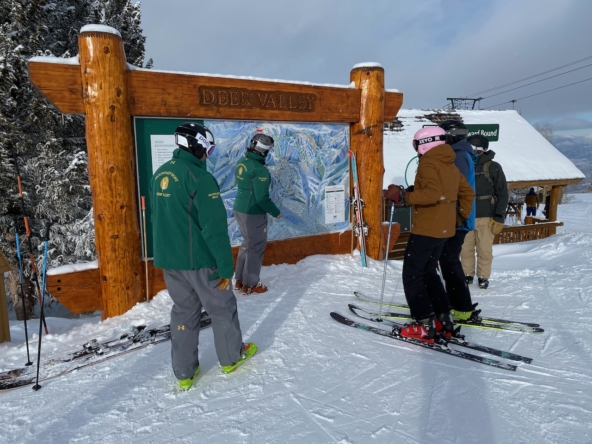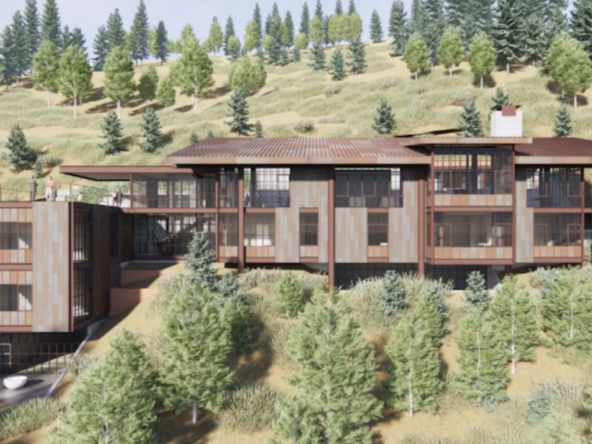Recognizing High Altitude Sickness
Altitude sickness, also known as Acute Mountain Sickness (AMS), can sneak up quickly, especially in those unaccustomed to higher elevations. As Dr. Paisley explains, “Altitude sickness is essentially a ‘headache plus’—typically a headache with fatigue, malaise, and sometimes stomach discomfort.”
Dr. Paisley notes that altitude sickness occurs most commonly between 8,000 and 11,000 feet, affecting roughly 20% of those who travel from sea level and sleep at elevations between 6,500-8,000 feet. If symptoms appear within 2 to 12 hours of arriving, you’re likely dealing with AMS rather than a simple hangover. While many symptoms improve naturally after a couple of days as the body acclimatizes, some people may experience more severe forms of altitude illness, including:
AMS (Acute Mountain Sickness): Typically mild and temporary, AMS symptoms include headache, fatigue, nausea, and dizziness.
HAPE (High-Altitude Pulmonary Edema): Another rare but severe form of altitude sickness involving fluid in the lungs. Symptoms include shortness of breath at rest, elevated heart rate at rest, and coughing. This condition requires immediate descent to a lower altitude.
HACE (High-Altitude Cerebral Edema): A rare but life-threatening condition involving fluid accumulation in the brain. Symptoms include severe headache, confusion, stumbling, and neurologic changes. If these occur, seek medical help immediately.
As Dr. Paisley emphasizes, “No matter what, if you have one thing to do, decrease altitude.” In Utah, we have the benefit of being able to quickly and easily decrease elevation by driving down to Salt Lake City where the elevation sits at a modest 4,265ft. It is likely that most people experiencing AMS symptoms will have a resolution of symptoms shortly after returning to the elevation of the valley floor.
Adults aren’t the only people who may experience AMS on their ski vacations. Children might experience AMS differently and could struggle to articulate their symptoms. Dr. Paisley suggests looking for signs like unusual fatigue, lack of engagement, or difficulty completing a day in ski school. For any uncertainties, especially in children, it’s best to err on the side of caution and seek medical advice.






